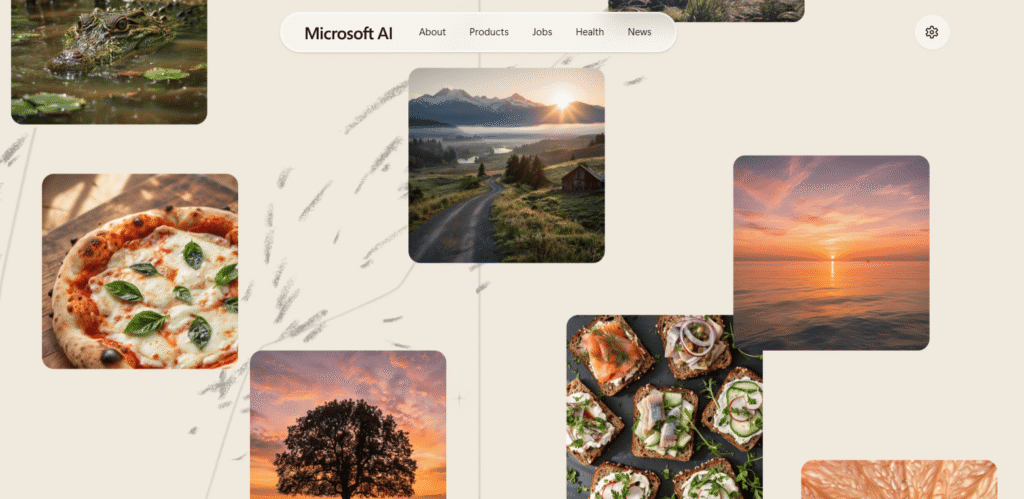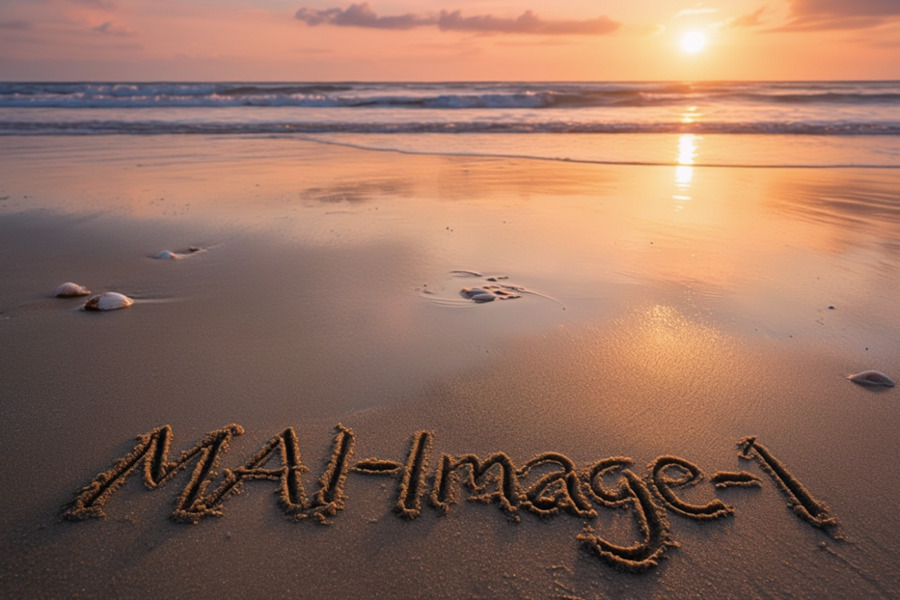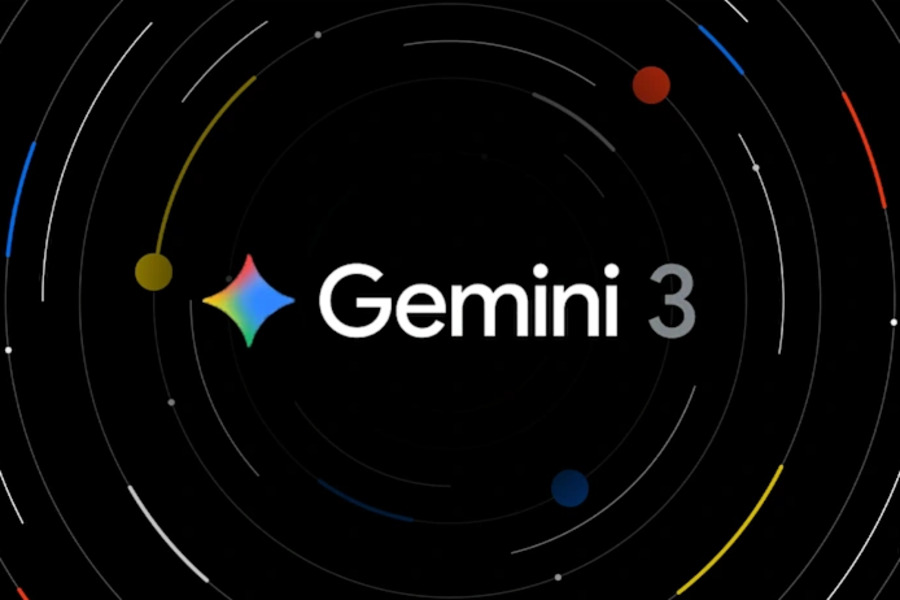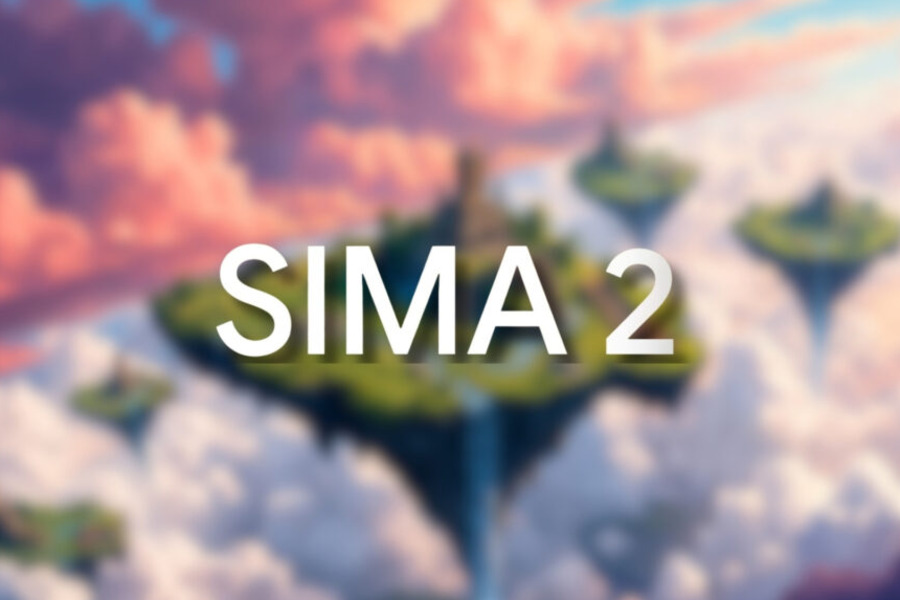In a strategic move to assert its autonomy in the artificial intelligence arena, Microsoft has officially launched MAI-Image-1, its first in-house developed text-to-image generative model. This landmark announcement signals a pivotal shift in the tech giant’s AI roadmap, underscoring a determined push to build a proprietary suite of AI tools and significantly reduce its longstanding dependency on partner OpenAI’s technologies, such as DALL-E.
Currently undergoing rigorous evaluation on the community-driven benchmarking platform LMArena, MAI-Image-1 is slated for integration into core Microsoft products like Copilot and Bing Image Creator in the near future. Its debut positions Microsoft as a formidable, direct competitor to established market leaders, including OpenAI’s DALL-E and Google’s various image generation models.
What is Microsoft’s MAI-Image-1?
MAI-Image-1 represents Microsoft’s inaugural, ground-up AI model engineered to transform text prompts into high-quality images. It is the latest addition to the expanding “MAI” (Microsoft AI) model family, a collection of proprietary technologies designed to form the backbone of the company’s next-generation products.
Unlike Microsoft’s previous image generation capabilities, which heavily relied on technologies licensed from partners like OpenAI, MAI-Image-1 was developed entirely internally. This end-to-end control allows Microsoft unparalleled command over the model’s development roadmap, integration processes, and future feature sets. Industry analysts are heralding its introduction as a watershed moment—a formal declaration of technological self-reliance in the fiercely competitive generative AI market.
Key Features of MAI-Image-1

Microsoft’s new model boasts a suite of advanced features aimed at distinguishing it from existing solutions, which sometimes produce overly stylized or generic artwork. It is designed to cater to the demands of both casual users and professional creators.
- Proprietary Technology: The most significant differentiator is its in-house origin. MAI-Image-1 is built on a proprietary Microsoft technology stack, a stark departure from the previous strategy of embedding external models. This grants Microsoft full autonomy over security protocols, performance optimization, and the model’s creative direction, ensuring it aligns perfectly with the company’s product vision.
- Focus on Photorealism and Quality: A primary development goal was to overcome the “AI weirdness” often found in earlier generative art. The model is specifically engineered to deliver high-fidelity, photorealistic results. Early tests and user reports indicate a remarkable proficiency in rendering complex scenes with intricate details such as natural lighting, accurate reflections, and lifelike textures, particularly in landscapes and portraits.
- Speed and Efficiency: The Microsoft AI team highlights the model’s remarkable inference speed as a key performance advantage. MAI-Image-1 is reported to generate images significantly faster than many larger, more computationally intensive models. This accelerated throughput is invaluable for creative professionals who need to rapidly iterate through multiple concepts, dramatically enhancing workflow efficiency.
- Top-Tier Benchmark Performance: Even during its testing phase, MAI-Image-1 has demonstrated its competitive edge. It secured a position in the top 10 on LMArena, a respected platform where a global community of users conducts blind comparisons and votes on the superior image outputs from various AI systems. This independent, human-driven validation serves as a strong testament to its quality right out of the gate.
- Seamless Ecosystem Integration: The model is not designed as a standalone product. Instead, Microsoft’s strategy revolves around deeply embedding MAI-Image-1 into its vast ecosystem. Its imminent integration into flagship services like Copilot and Bing Image Creator promises a substantial upgrade in visual quality and generation speed for hundreds of millions of existing users.
Who is MAI-Image-1 Best For?
This new model is poised to become an essential tool for a diverse range of users:
- Creative Professionals: Graphic designers, digital artists, and marketing teams will benefit from the model’s focus on photorealism and detail accuracy, reducing the time spent on post-generation edits. The combination of high-quality output and rapid iteration cycles will significantly accelerate creative workflows where both speed and precision are paramount.
- Copilot and Bing Users: The everyday user requesting images through Microsoft’s consumer-facing tools will experience a tangible improvement. Tasks like creating blog illustrations, social media graphics, or conceptual mock-ups will become faster and yield more professional-looking results.
- Enterprise Clients: Businesses operating within the Microsoft Azure cloud environment represent a key demographic. For enterprises with strict data governance, security, and compliance requirements, a proprietary Microsoft model like MAI-Image-1 offers a more integrated and controllable solution compared to third-party APIs, ensuring data remains within the trusted Azure ecosystem.
Why Microsoft Made Its Own MAI-Image-1
For years, Microsoft’s AI ambitions were deeply enmeshed with OpenAI, involving multi-billion-dollar investments and the integration of models like DALL-E and ChatGPT across its suite of products. However, for a corporation of Microsoft’s scale, over-reliance on a single partner for core strategic technology presents a significant long-term risk.
The launch of MAI-Image-1 is a calculated step in a broader strategic pivot toward AI self-sufficiency. It joins other recently unveiled in-house models under the “MAI” brand, such as the expressive voice synthesis model MAI-Voice-1 and the foundational chatbot MAI-1-preview, currently in public testing.
This initiative allows Microsoft to achieve several critical objectives:
- Strategic Control and Flexibility: Full ownership of the technology stack empowers Microsoft to dictate its own development timelines, prioritize feature rollouts based on its product needs, and swiftly adapt to market trends and regulatory demands—a level of agility not possible when dependent on a partner’s roadmap.
- Deep Product Optimization: The company can now fine-tune its AI models specifically for the unique environments of Copilot, Bing, and Azure, ensuring peak performance, enhanced security, and a seamless user experience.
- Future-Proofing the AI Investment: Developing a robust, in-house AI portfolio de-risks Microsoft’s overarching AI strategy. It acts as a strategic insurance policy against potential disruptions in its partnership with OpenAI or unforeseen shifts in the competitive landscape, safeguarding its multi-billion-dollar investments.
Final Words on MAI-Image-1
The introduction of MAI-Image-1 transcends a typical product launch; it is a definitive statement of intent from one of the world’s most influential tech companies. It marks a tectonic shift in the industry, demonstrating Microsoft’s commitment to securing its AI future through independence and innovation.
With MAI-Image-1 already demonstrating competitive quality in independent benchmarks and its deployment set to reach a user base of hundreds of millions, Microsoft is not merely joining the image generation race—it is aiming to redefine its standards. The era of Microsoft’s full dependency on OpenAI is concluding, making way for a new chapter where the company stands as a powerful, self-reliant force in the creation of visual artificial intelligence.



